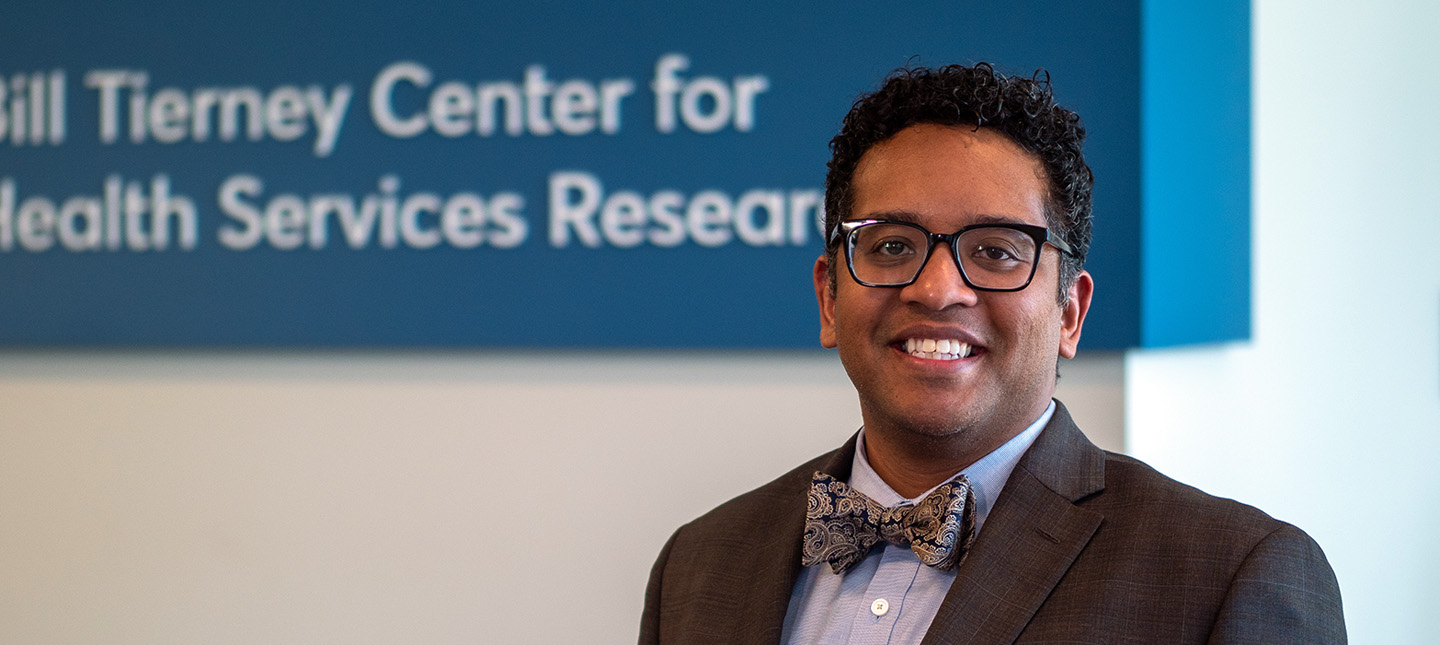The Affordable Care Act requires Medicare to issue penalties that reduce payment to hospitals if post-operative readmission rates within 30 days exceed the national average. A new study led by Regenstrief Institute Research Scientist Andrew Gonzalez, M.D., J.D., MPH, reports that including socioeconomic status in the penalty calculation would reduce the amount of readmission penalties for safety-net hospitals, which typically care for the sickest patients. Other factors, including age and sex are already embedded in the formula.
Hospitals with readmission rates exceeding the national average are penalized by a reduction in payments for the care of all Medicare patients — not just those who were readmitted.
Medicare readmission penalties not uniformly distributed over all types of hospitals
“The idea behind the government’s hospital readmissions reduction program is that readmissions data captures some measure of quality as well as cost. However, there are unintended consequences from this approach. Our study found that Medicare readmission penalties are not uniformly distributed over all types of hospitals and that hospitals with a large percentage of low socioeconomic status patients were disproportionately penalized,” said Dr. Gonzalez, a data scientist, health services researcher and vascular surgeon. “But this is not an insurmountable problem. It can be addressed by adjusting the math of the penalty formula. Depending on how you set up that formula, you can do a lot to alleviate stress on safety net hospitals.”
“Since patients are relatively sicker at many safety net hospitals and may lack access to outpatient follow-up care, adjusting for socioeconomic status would allow those hospitals to have a bit more cushion compared to what they have now.”
If socioeconomic factors considered in penalty calculation, proportion of safety net hospitals fined would not change, but penalty amounts would decrease
In the study, data from 1,708 safety net and non-safety net hospitals performing operations on 282,466 Medicare beneficiaries with peripheral artery disease in their legs was analyzed as representative of surgery which might result in readmission. The condition, frequently found in individuals living with diabetes, in which narrowed arteries cause blockages that reduce blood flow in the extremities, is the number one cause of non-traumatic limb amputation in the U.S.
The research team, which included Regenstrief Institute Research Scientist Sharmistha Dev, M.D., MPH, determined that, compared to the current hospital readmission penalty formula, adjusting for socioeconomic factors would not change the proportion of safety net hospitals penalized for excess readmissions but would reduce penalty amounts for 38 percent of safety net hospitals compared to only 17 percent of non-safety net hospitals.
Including both socioeconomic status and race in Medicare’s formula showed even greater penalty reduction for urban teaching hospitals
Including both socioeconomic status and race in the calculation showed even greater penalty reduction for both safety net hospitals (40 percent reduction) and non-safety net hospitals (25 percent reduction) in penalty payments to Medicare.
Readmission penalty reduction could positively impact hospitals that take care of vulnerable patients
“Safety net hospital treat a large number of patients who are uninsured, underinsured, undocumented or in some other social situation where they would not be able to get healthcare without the existence of safety-net hospitals,” said Dr. Gonzalez. “If we penalize safety net hospitals, which typically care for sicker patients, and increase the financial pressure on them, some of them will go out of business. When this happens, socially vulnerable patients have few options. Even those safety-net hospitals that somehow are able to hold on and stay solvent will have to have to ration care, which will decrease their ability to provide quality healthcare to their patients.
“While there are many other aspects of how we organize healthcare in America that can have even higher impact on patients who don’t have other options, making wiser policy decisions — in this case including socioeconomic status along with age, sex and other factors that are currently part of the calculation for Medicare readmission penalties applied to hospitals — could positively impact hospitals that take care of vulnerable patients and reduce disparity between these institutions and non-social-net hospitals.”
“Including socioeconomic status reduces readmission penalties to safety-net hospitals” is published in Journal of Vascular Surgery.
The study was supported by following grants: Ruth L. Kirschstein National Research Service Award T32 HL076123-09 from the National Heart Lung and Blood Institute (A.A.G) and National Institute on Aging R01 AG042340.
All authors and affiliations:
Andrew A Gonzalez 1, Anush Motaganahalli 2, Jordan Saunders 3, Sharmistha Dev 4, Shantanu Dev 5, Amir A Ghaferi 6
1Division of Vascular Surgery, Department of Surgery, Indiana University School of Medicine, Indianapolis, IN; William Tierney Center for Health Services Research, Regenstrief Institute, Indianapolis, IN; Surgical Outcomes and Quality Improvement Center, Indiana University School of Medicine, Indianapolis, IN.
2William Tierney Center for Health Services Research, Regenstrief Institute, Indianapolis, IN.
3William Tierney Center for Health Services Research, Regenstrief Institute, Indianapolis, IN; Catherine and Joseph Aresty Department of Urology, University of Southern California, Los Angeles, CA.
4William Tierney Center for Health Services Research, Regenstrief Institute, Indianapolis, IN; Richard L. Roudebush Veterans’ Administration Medical Center, Indianapolis, IN; Department of Emergency Medicine, Indiana University School of Medicine, Indianapolis, IN.
5William Tierney Center for Health Services Research, Regenstrief Institute, Indianapolis, IN; College of Engineering, the Ohio State University, Columbus, OH.
6Department of Surgery, Medical College of Wisconsin, Milwaukee, WI.
The study was supported by a Ruth L. Kirschstein National Research Service Award T32 HL076123-09 from the National Institutes of Health’s National Heart, Lung, and Blood Institute.
Andrew Gonzalez, M.D., J.D., MPH
In addition to his role as a research scientist and associate director for data science with the William M. Tierney Center for Health Services Research at Regenstrief Institute, Andrew Gonzalez, M.D., J.D., MPH, is an assistant professor of surgery at Indiana University School of Medicine. He is also an adjunct faculty member with the Network Science Institute and Research on Race & Ethnicity in Society at Indiana University, the Department of Health Policy & Management at Indiana University Richard M. Fairbanks School of Public Health at IUPUI. Dr. Gonzalez is also a faculty affiliate with the Regenstrief Center for Healthcare Engineering at Purdue University.










